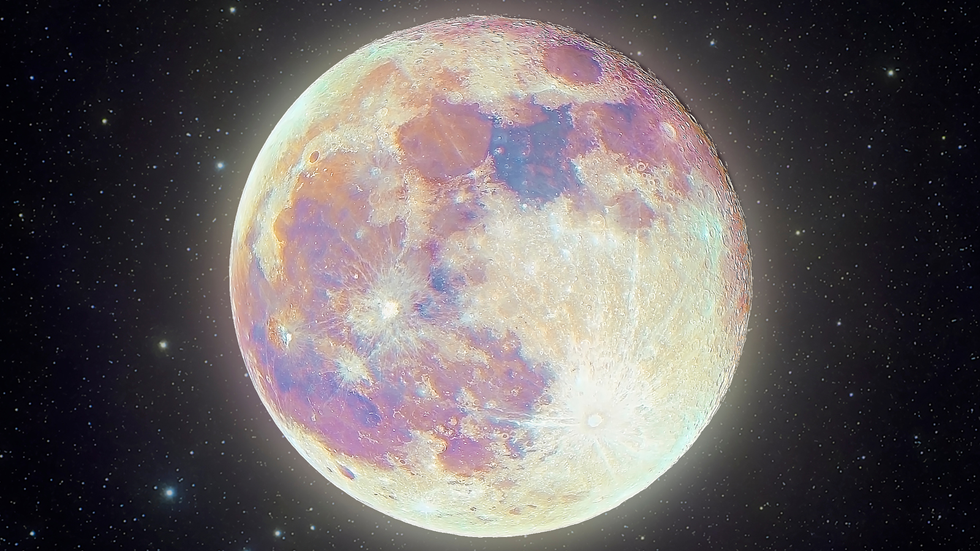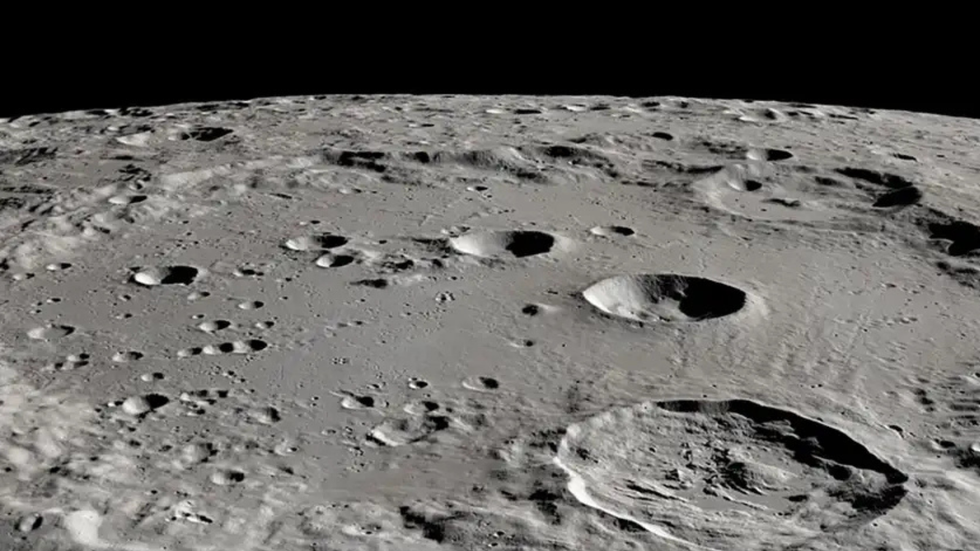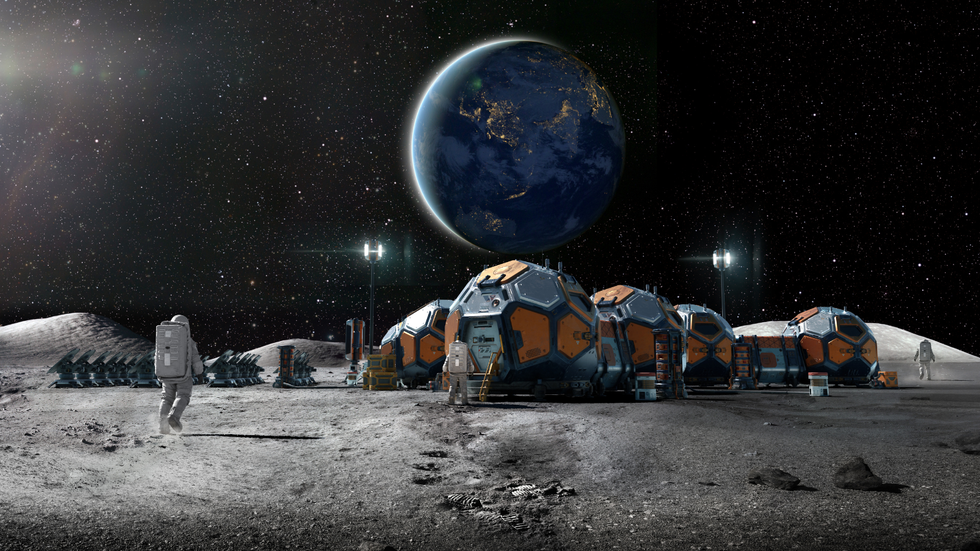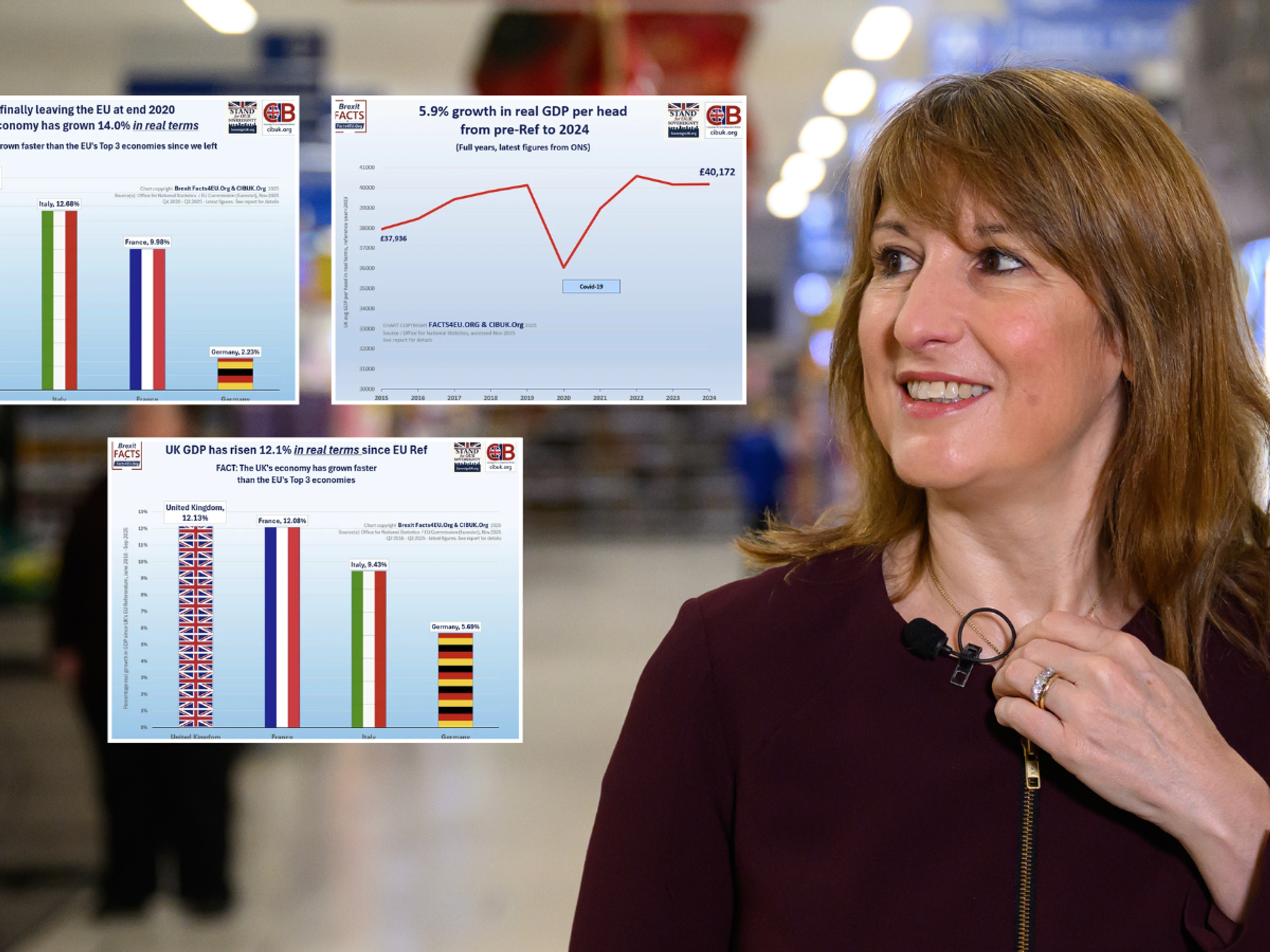'Precious treasure' could lie hidden below surface of the Moon
A bombshell new paper suggests that discoveries inside the Moon's craters could soon line humanity's pockets
Don't Miss
Most Read
Scientists have suggested that a highly valuable resource may lie in abundance just below the Moon's surface.
According to a new paper, our lunar neighbour may be concealing vast quantities of "profitable" platinum group metals.
The precious metals believed to be hiding in the Moon's craters include palladium, rhdoium and even platinum itself.
Scientists believe the discovery of the rare materials could yield huge economic benefits on Earth, and that it may be in plentiful supply hiding in up to 6,500 craters.

According to a new paper, our lunar neighbour may be concealing vast quantities of 'profitable' platinum group metals
|GETTY
TRENDING
Stories
Videos
Your Say
Researchers believe the precious metals may have been transported to Earth's natural satellite by asteroid strikes.
The estimates fuel hopes for potential space mining projects, allowing humanity to expand its supply of precious resources.
The study, published in the journal Planetary and Space Science, reads: "We estimate an upper limit of 6,500 craters with asteroid remnants containing significant amounts of platinum group metals."
The notion of space mining has historically focused on asteroids, as there is a far greater supply of metals in other corners of the universe compared to Earth.

Scientists believe the precious metals may be in plentiful supply in 6,500 Moon craters
|NASA
However, scientists now believe that the Moon could be a better option for mining projects after examining craters caused my valuable metal-rich asteroid impacts.
Study lead author Jayanth Chennamangalam said: "These values are one to two orders of magnitude larger than the number of ore-bearing near-Earth asteroids.
"[This implies] that it may be more advantageous, and hence more profitable, to mine asteroids that have impacted the Moon... rather than the ones that are in orbit."
SPACE- READ THE LATEST:
Researchers also noted in the study that 3,400 craters on the Moon could be holding water in hydrated mineral form.
As humanity enters a new era of space exploration, with plans for future colonies on the Moon, finding the resource may prove highly useful.
Nasa is planning on sending its first manned mission to Earth's lunar neighbour in 50 years as early as February.
The space agency has pledged to carry out the 10-day mission by April at the latest.

As humanity enters a new era of space exploration with plans for future colonies on the Moon, finding the resource may prove highly useful
|GETTY
The mission has been named Artemis II and will seek to establish a long-term presence on the Moon for humanity - though the first mission is only set to circle around our satellite.
The four astronauts on board the mission have been confirmed as Commander Reid Wiseman, pilot Victor Glover, and mission specialists Christina Koch of Nasa, and Jeremy Hansen of the Canadian Space Agency.
Nasa administrator Sean Duffy said: "The 10 men and women sitting here today embody the truth that in America, regardless of where you start, there is no limit to what a determined dreamer can achieve - even going to space.
"Together, we'll unlock the Golden Age of exploration."
Our Standards: The GB News Editorial Charter










